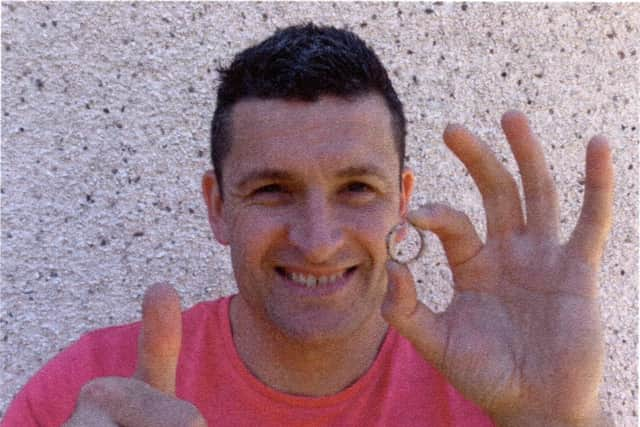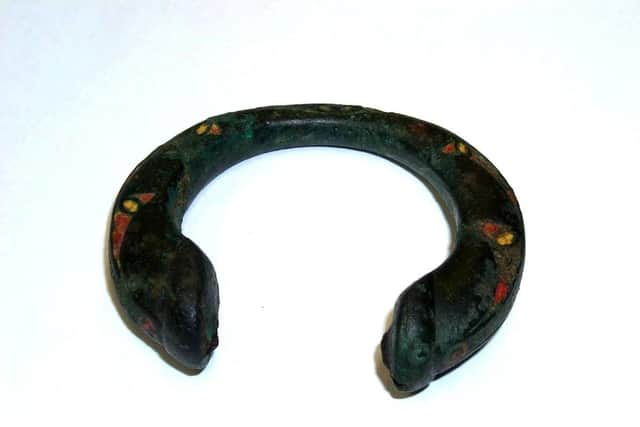Ian Scott: How one metal detectorist discovered so much of Falkirk's past
and live on Freeview channel 276
To the detectorists the others were po-faced spoil sports who refused to acknowledge that many ordinary hobbyists could and did make a very valuable contribution to “digging up history”.
But things have certainly changed. I daresay the TV programme “The Detectorists” helped to open the eyes of the public but it was really the actions of a number of really experienced people, and some sensational finds, that brought about a new appreciation of what co-operation could do.
Advertisement
Hide AdAdvertisement
Hide AdAnd prince among our local seekers after lost historical treasure is certainly Alan Baxter whose work in our area, often in close association with archaeologist Geoff Bailey, has produced a huge cache of important finds that have added to our understanding of the Falkirk story. But the dozen years that Alan has been tramping the fields in all kinds of weather has brought more than finds.


He has also learned a huge amount about how to go about the business, what the pitfall are, what rules of engagement must be followed and how to ensure that the finds are handled with care and directed to the experts for identification, analysis and conservation.
By way of a guide to others and also to tell his own fascinating story, Alan has written a book called Making History, My life as a Scottish metal detectorist which is an eye-opening tale of hard and patient work in the wind and rain, illuminated by great Eureka moments when the intrepid hunter comes on a 2000 year old Roman coin, or parts of an ancient horse harness which had lain there undisturbed for many centuries not many inches below his feet. His enthusiasm is palpable and we can see him in our mind’s eye, fist-pumping as he realises that he has another piece to add to the hundreds that he has already delivered to the museums across Scotland.
And what a collection. Coins from the Roman occupation of course but also those that bear the face of the Hammer of the Scots Edward 1, Edward III, Henry V and of course the Scottish Kings including a very rare farthing of John Bailiol for whom William Wallace fought at Falkirk in 1298. Buckles, dress pins, brooches, arrow and axe heads – items from the Bronze and Iron Ages and the Mediaeval period – copper, bronze and iron ware, some with evidence of colourful enamel and other scribed decorations.
Advertisement
Hide AdAdvertisement
Hide AdAlan has also worked in Fife and the Lothians but perhaps his greatest find to date is an iron age terret ring, a beautifully marked and decorated part of a horse/chariot harness which formed part of a group of iron age artefacts. It emerged from the ground near Airth, and Geoff Bailey says they formed “the most significant metallic find since 1933 in Falkirk district.” It is now in the National Museum in Edinburgh.


Next Thursday, April 18, Alan will be in Falkirk Library giving a talk about his life and finds at 2.30pm. Tickets are free but you will need to book through the Eventbrite website. I think it will be very busy as indeed it should be. I can’t wait to hear him.
Comment Guidelines
National World encourages reader discussion on our stories. User feedback, insights and back-and-forth exchanges add a rich layer of context to reporting. Please review our Community Guidelines before commenting.